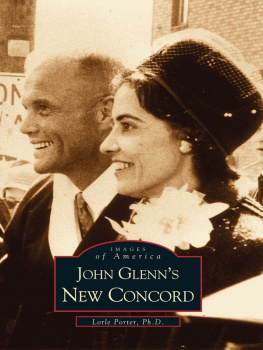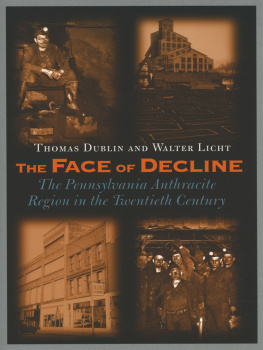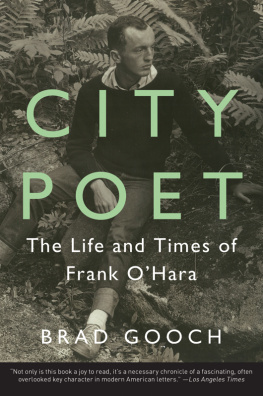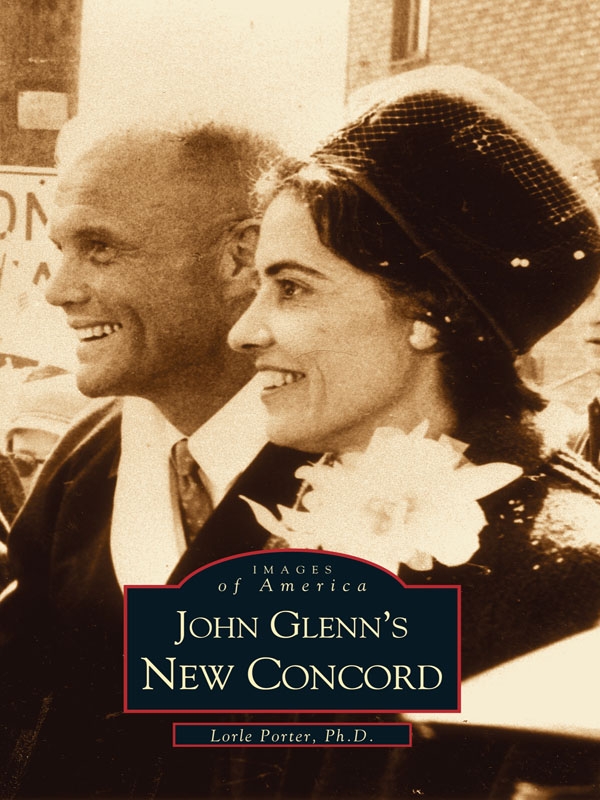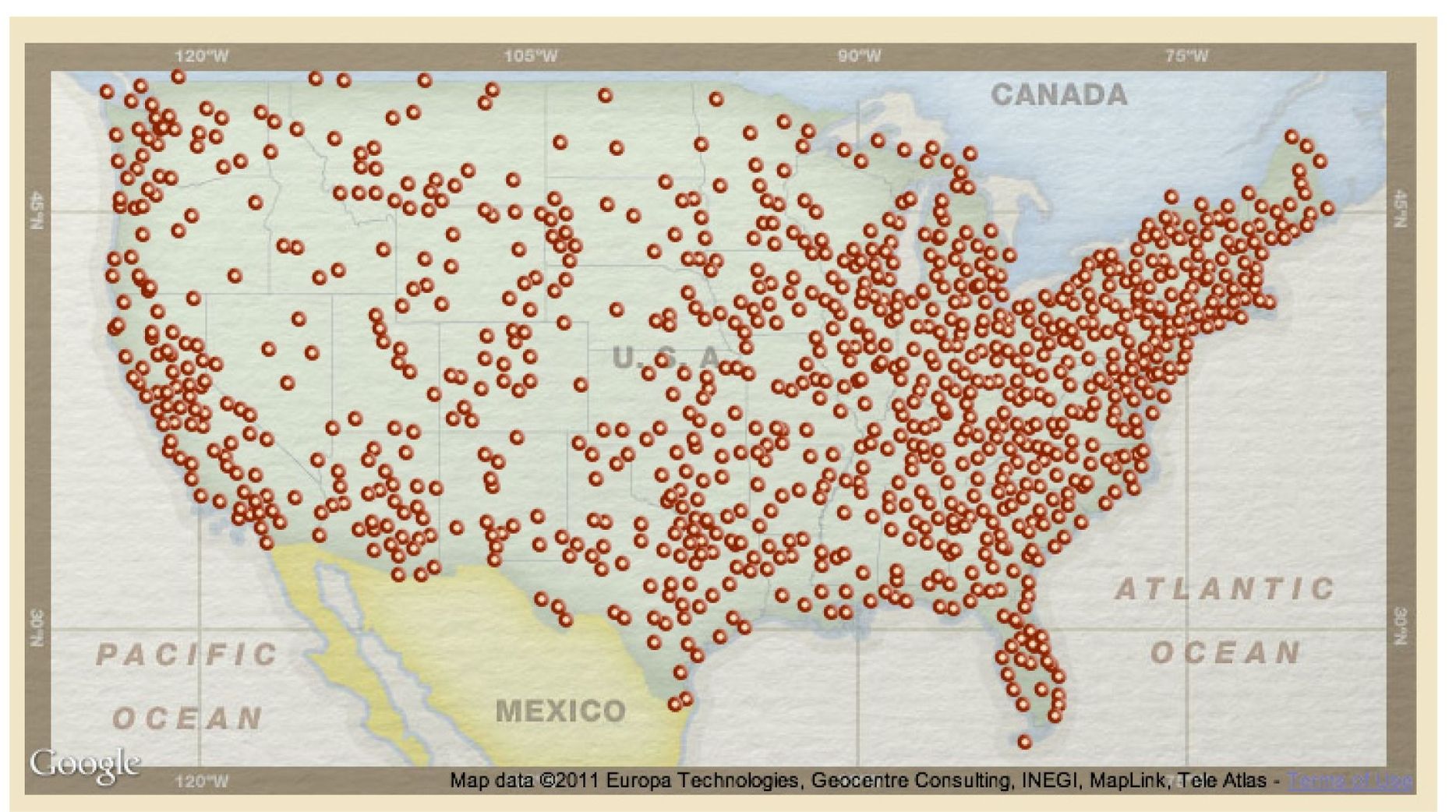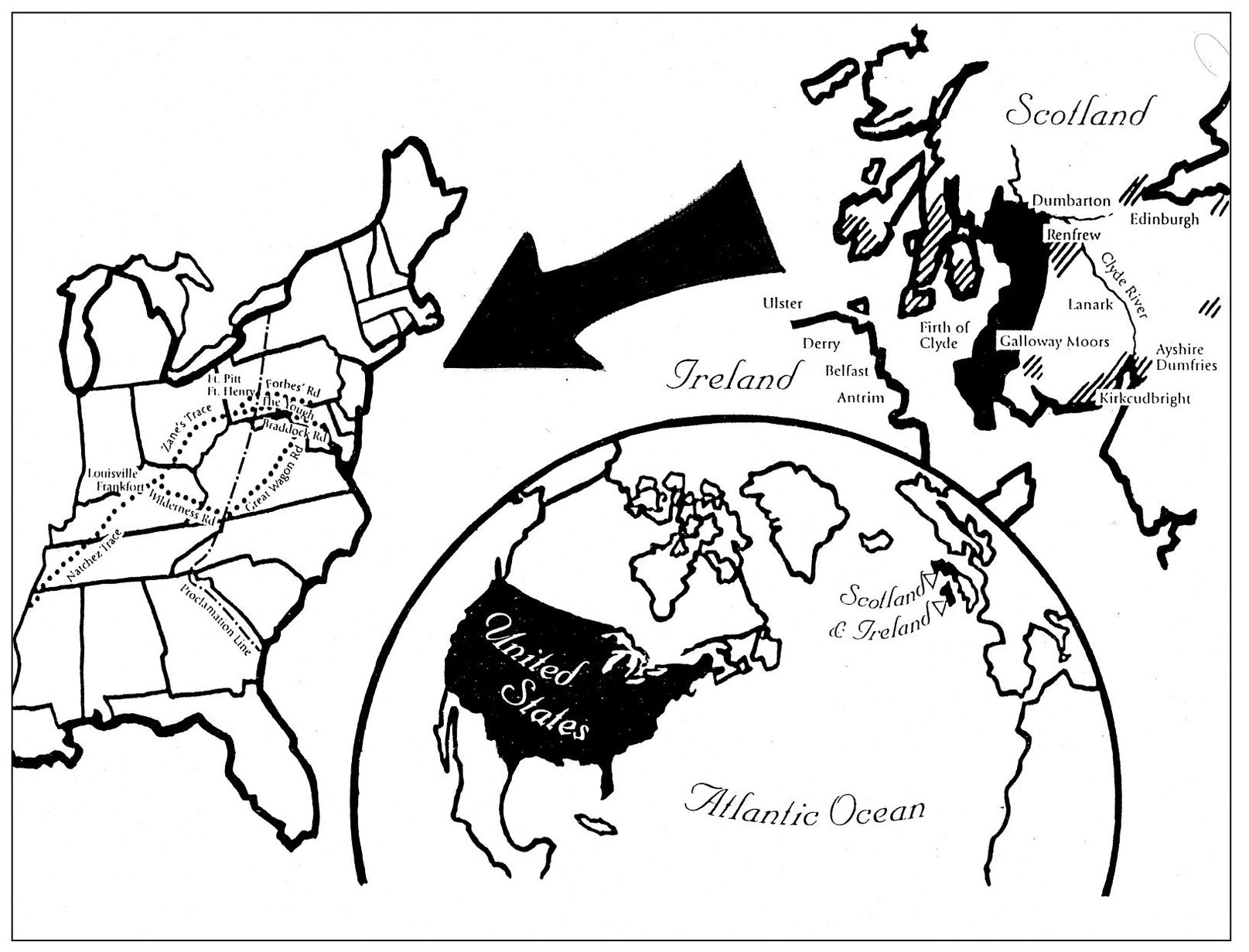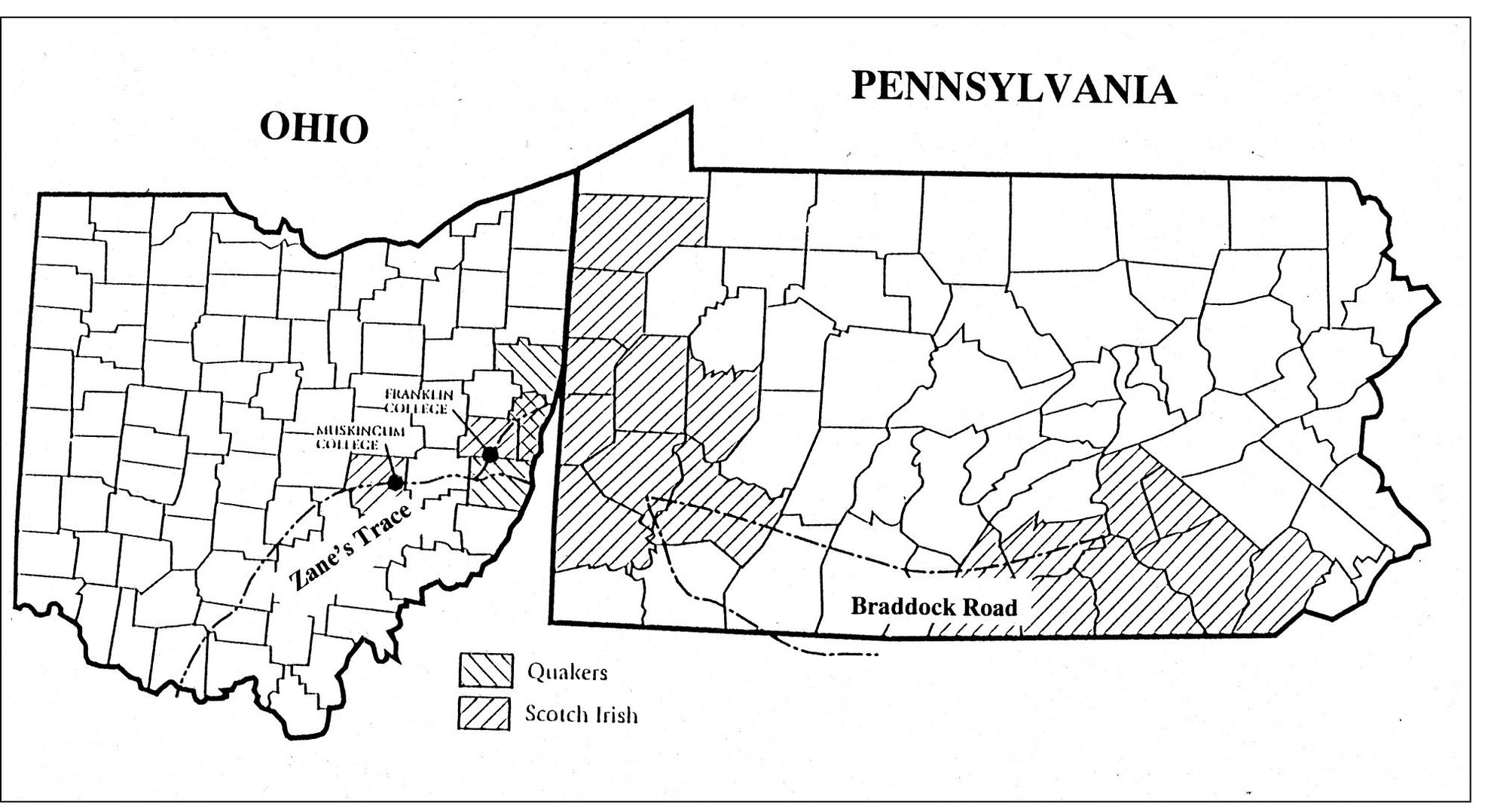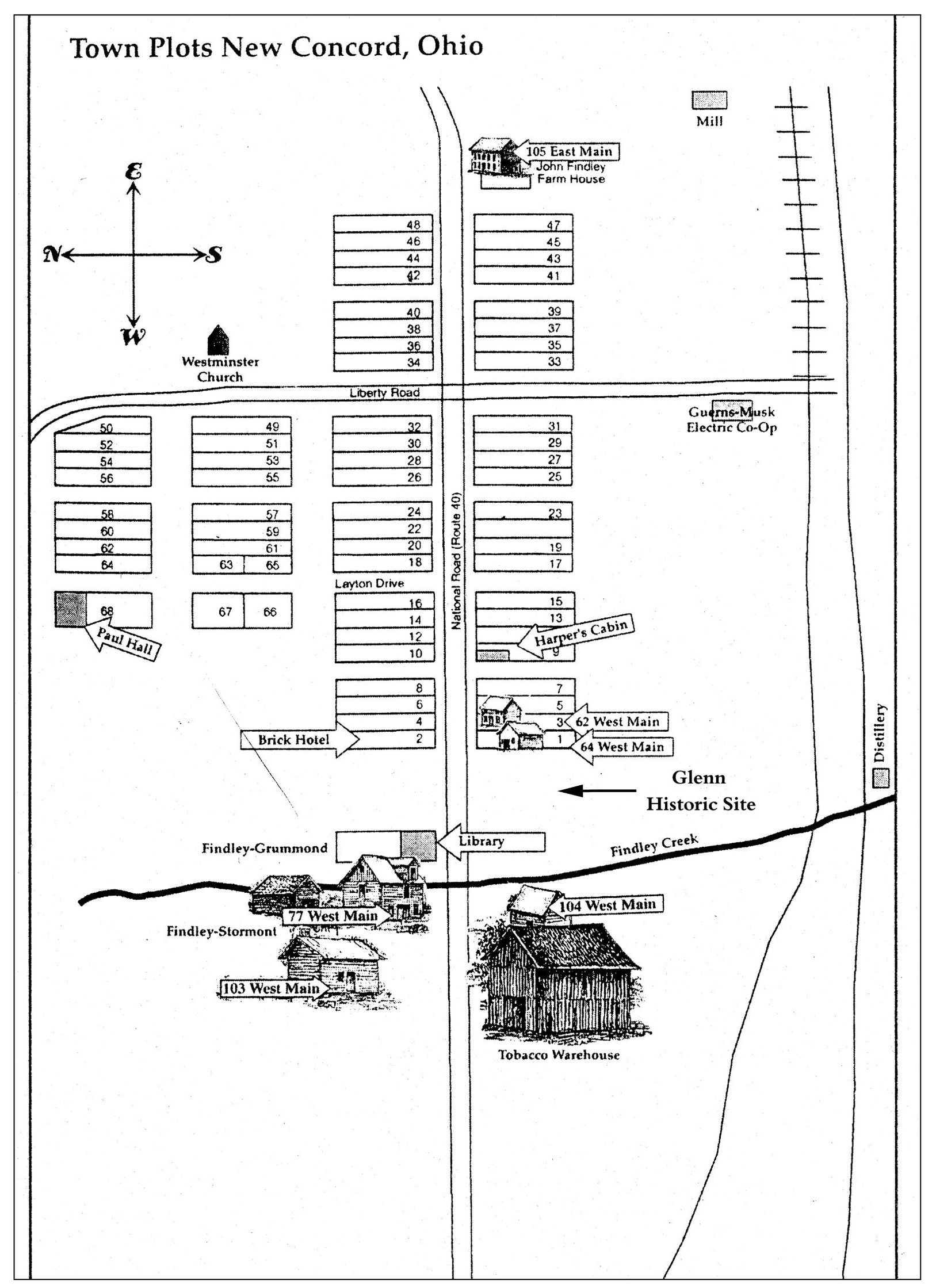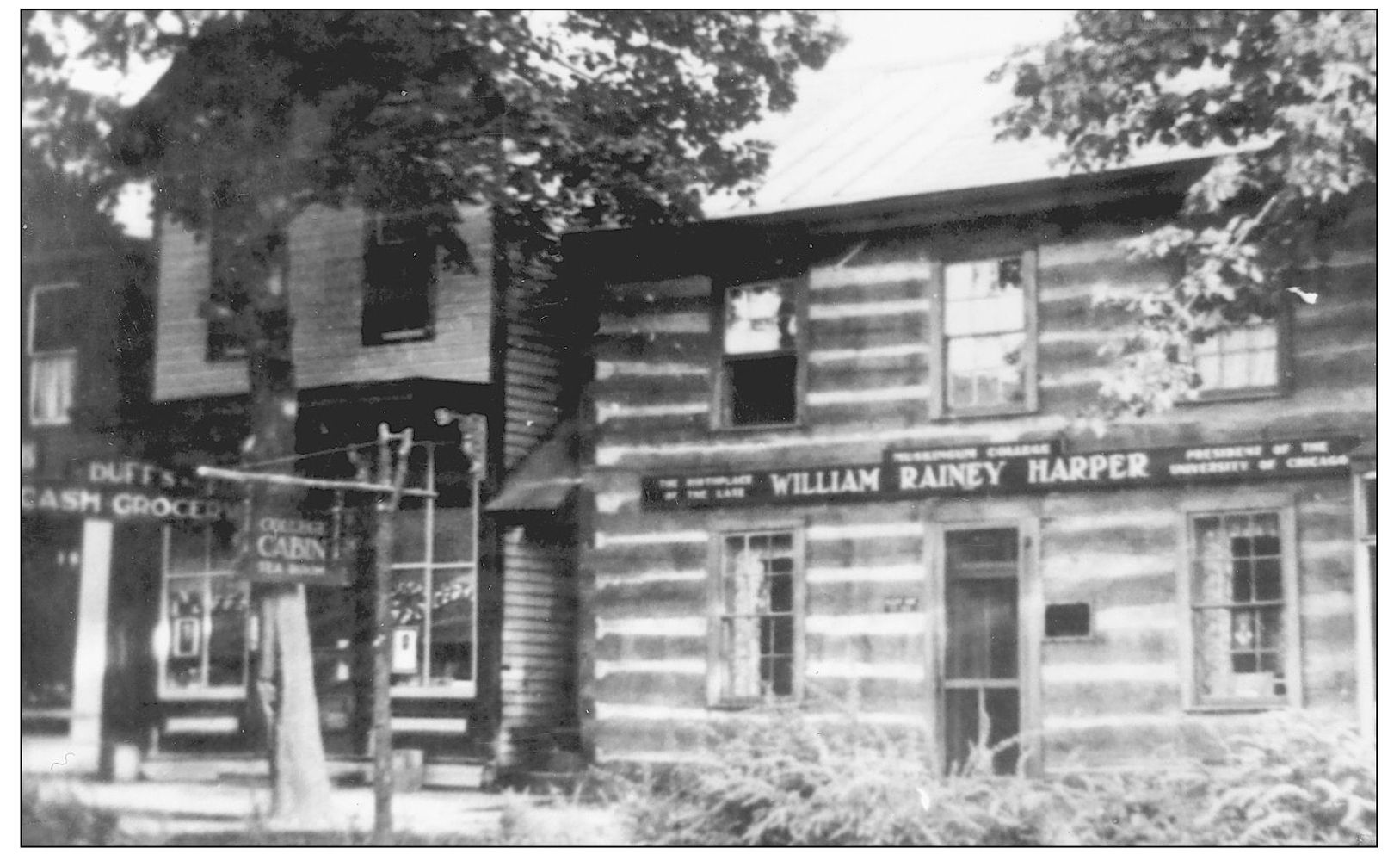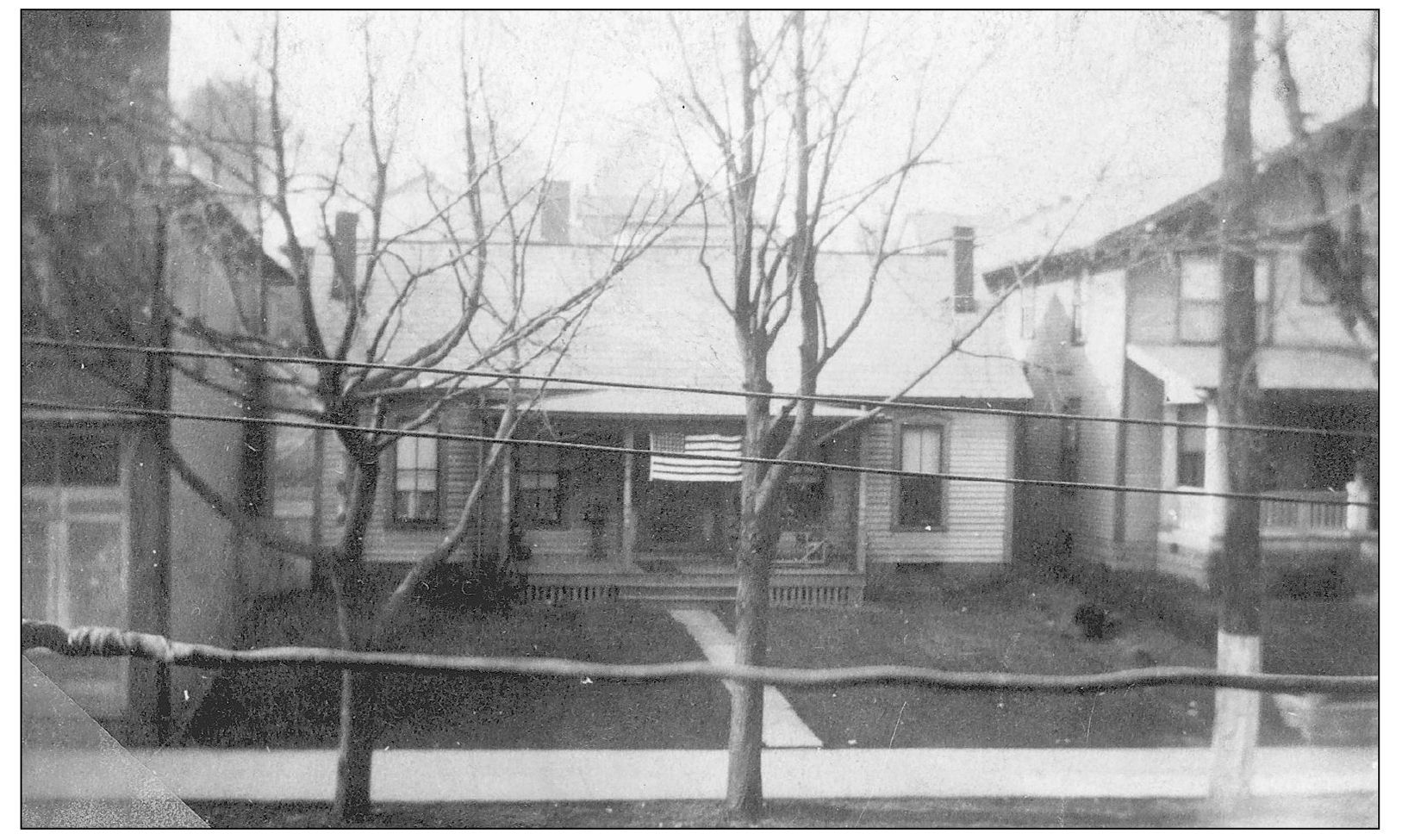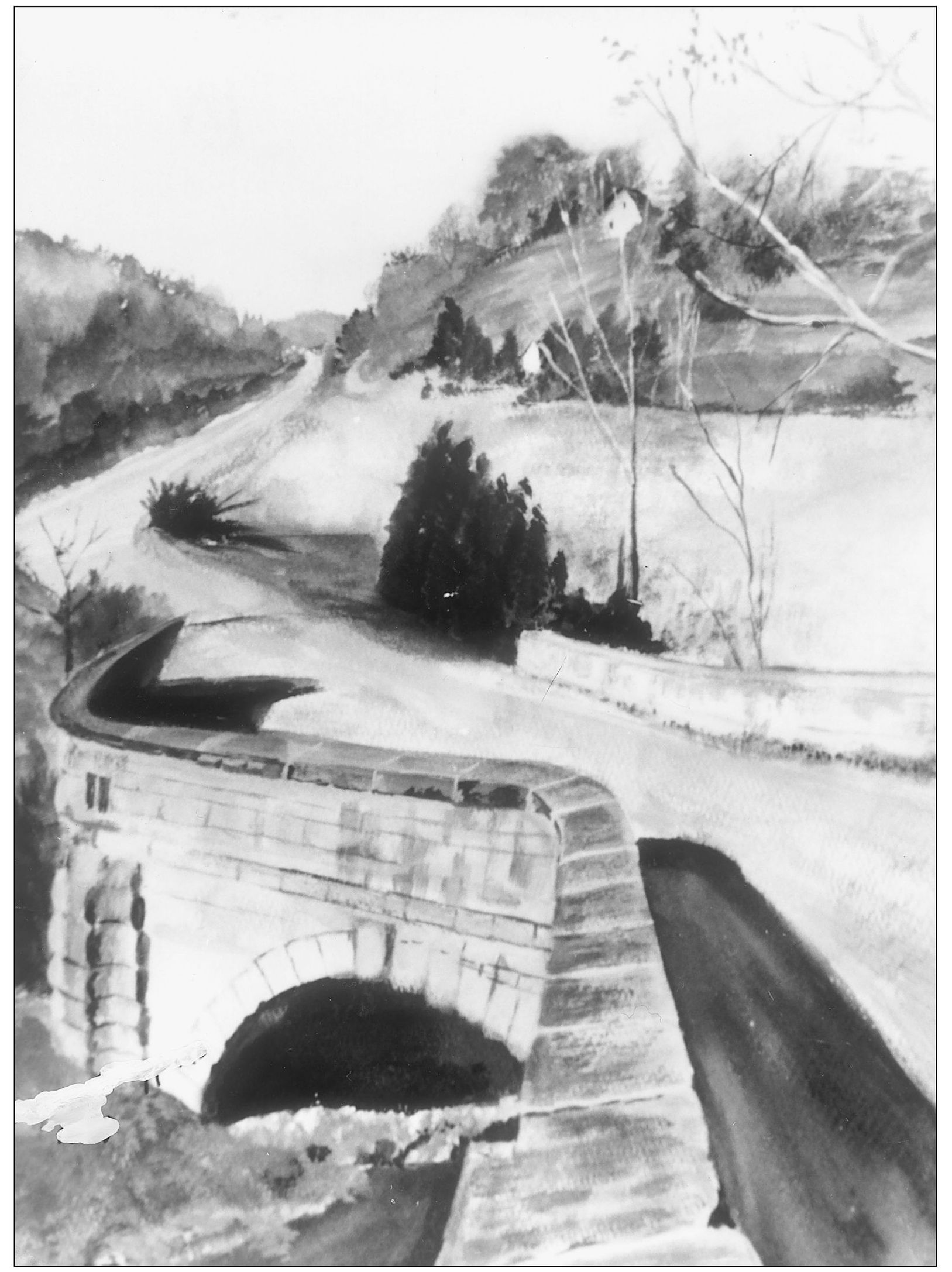One
AN OLD PEOPLE IN A NEW LAND
Beginning in 1600, tens of thousands of lowland Scots were transported to nine counties in the north of Ireland by their Scottish lords. The heaviest migration was from the darkened section on the map. This area bordered the Firth of Clyde in western Scotland.
The Scotch-Irish migrated from Ulster, Northern Ireland, to the American colonies beginning in 1700. Their settlements are located along the primitive roads carved out of the American wilderness in colonial times. By the American Civil War, some 300,000 persons had transplanted themselves to America.
Settlements sprang up in western Carolina and eastern Tennessee along the Great Wagon Road, in eastern Kentucky along the Wilderness Road, and down to Natchez along the Natchez Trace. The Ohio settlers entered the territory on the Zanes Trace.
The Scotch-Irish dominated the settlement of southeastern Pennsylvania (Gettysburg) and western Pennsylvania (Pittsburgh). When the territory of Ohio opened, they began to spill over into eastern Ohio using Indian trails to penetrate the forests. The Zane Brothers carved out a trace from Wheeling to Maysville, Kentucky, in 1798. That accomplishment resulted in the settlement of Guernsey and Muskingum Counties in Ohio.
Wherever they settled, the Scotch-Irish insisted on promoting education. Thus in Harrison County they founded Franklin College, and in Muskingum County they founded Muskingum College; the latter remains a dominant presence in the region today.
The Scotch-Irish settlement that became New Concord was laid out by Judge David Findley in 1806. The Judge and his sons carved out farms which ran from what is now Interstate 70 to the present day John Glenn High School. They raised log cabins, built a carding and fulling mill, a tobacco warehouse and a distillery. Tobacco was a common cash crop in the early 1800s. Corn was only marketable if it could be reduced to whiskey from its normal bulk. The greatest problem of these pioneers was getting crops to market. (Courtesy of Vicky Burton.)
The Zanes Trace was at best only a mule road. Ohios rich land could not be tapped to its fullest potential as long as these barebone counties lay isolated and distant from eastern markets.
In the spring of 1828, Judge David Findley heard the sound of stakes being hammered into his pasture land. Surveyors were laying out the National Road. Findley laid out New Concord. The Pike town rapidly grew as the road builders inched across the county, tugging the nation behind them.
Log houses once lined the National Road in New Concord. Harper Cabin stands in the town center as a memorial to the villages National Road heritage.
Harper Cabin sits on Main Street in its condition in 1920 and in 2000.
Reflecting the background of the settlers, log-houses and Pennsylvania-Maryland cottages, such as this one, lined the muddy National Road. The cottage was the childhood home of William and Frank Harper, noted educators.
A Findley family log house once stood where the village library now sits. It was dismantled and reassembled on a Norwich farm. Federal-style houses were also common. The economy of the town blossomed as boarding houses, hotels, and blacksmith shops were opened to serve the heavy National Road traffic.
The rugged contours of the land caused the road builders to exercise ingenuity. Bridge builders had to cross a stream at right angles, thus they created the S bridges which once dotted the Road in Ohio. Crooked Creek S Bridge is an excellent example of this skill. Seen on the western horizon is Robert West Speers home. He was a key player in the Underground Railroad stops which checkered the area prior to the Civil War.
The Scotch-Irish were distinguished by their adherence to various forms of Presbyterianism. New Concord once had five Presbyterian churches. The towns ethos was dominated by religious training. College Drive Presbyterian Church (the Castor family church) is the descendant of the United Presbyterian Church of Anna Castor Glenns youth. In turn, this church was the descendant of the Associate Presbyterian Church (Seceders) and the Reformed Presbyterian Church (Covenantors). These denominations were famous for their strict adherence to rules and for their fervent anti-slavery stances. Because of their influence, New Concord, Norwich, Rix Mills, and Bloomfield were deeply involved in the secreting of runaway slaves on the Underground Railroad and in the areas fervent support of the Civil War as an anti-slavery crusade.

